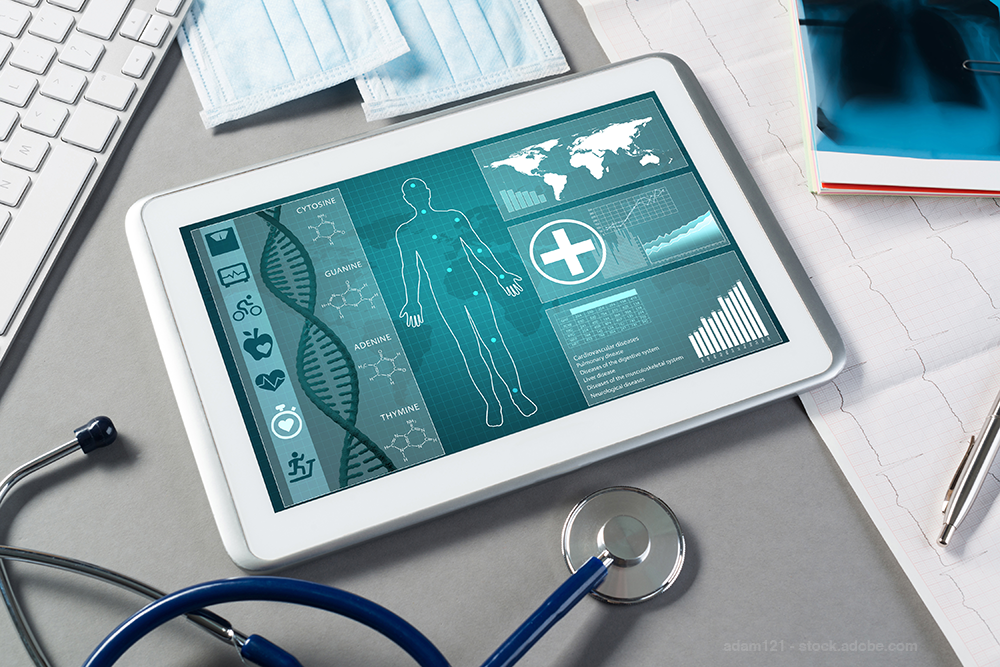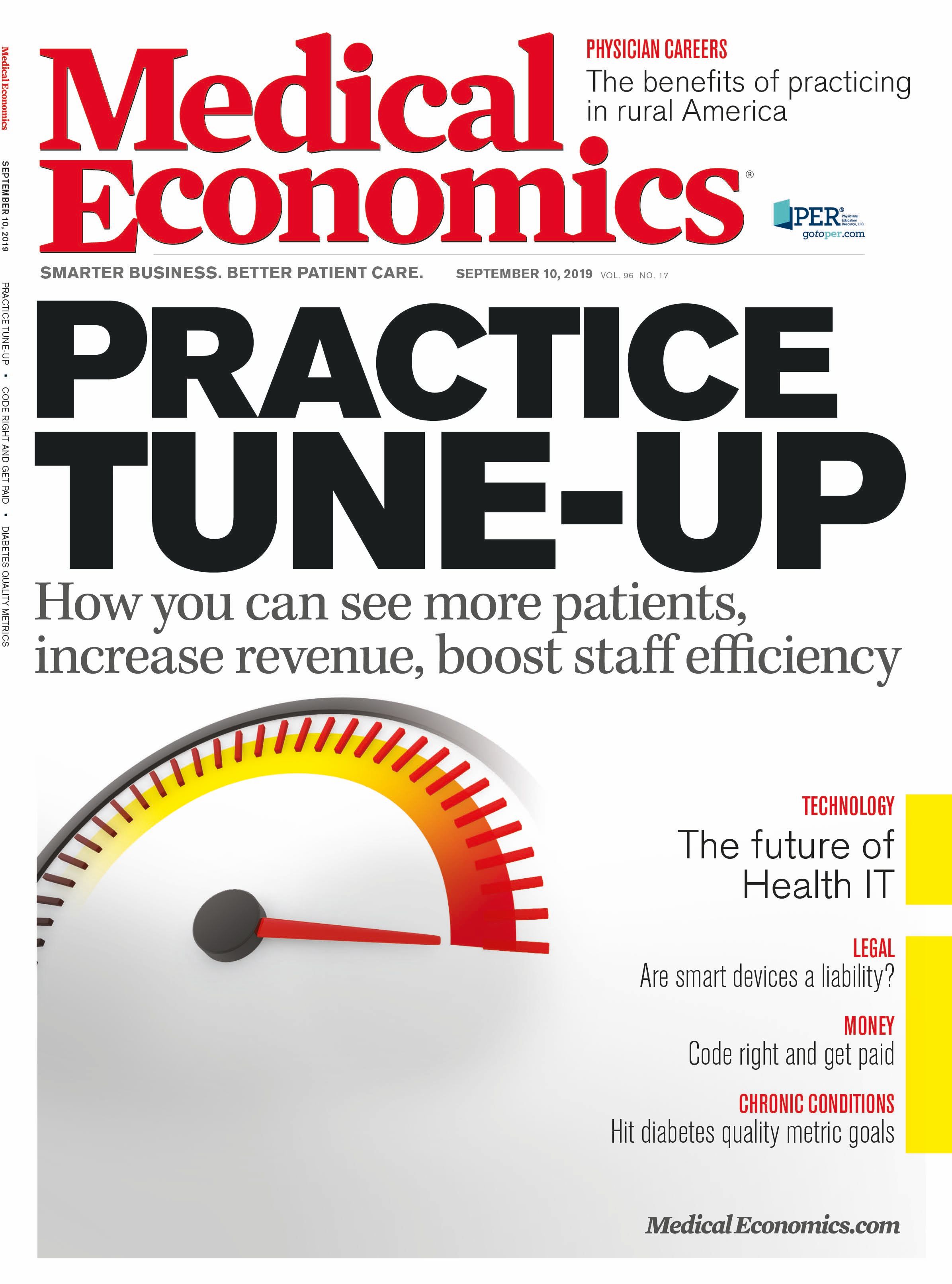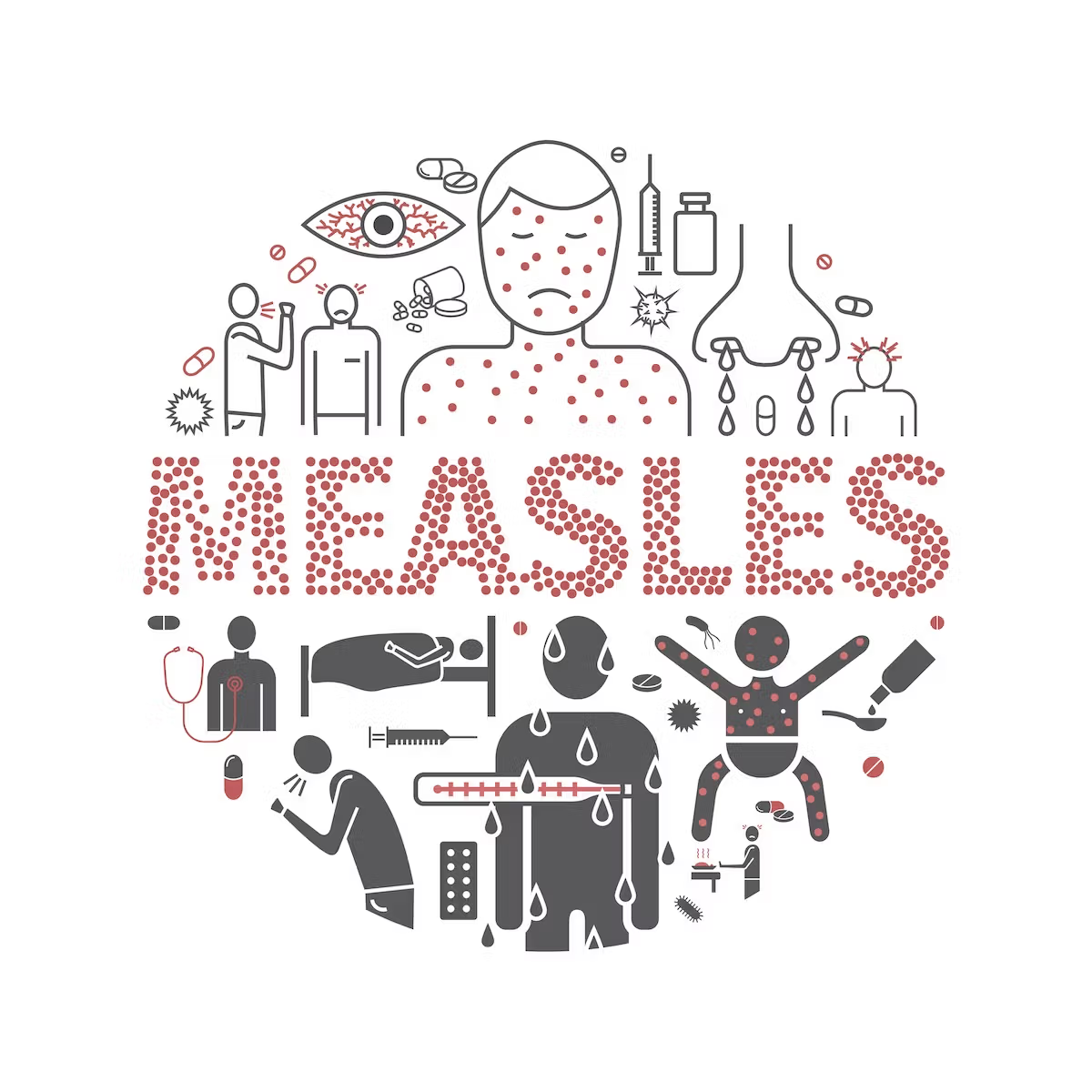Publication
Article
Medical Economics Journal
What the internet of medical things means to your practice
Author(s):
The IoMT could potentially make managing chronic conditions more efficient and more cost-effective. But first physicians have to learn what these devices are and how they can be used safely and effectively.

Smart thermostats, home security systems, fitness watches, and other devices that connect with each other and the internet, make up what is called the Internet of Things (IoT). And these devices are ubiquitous these days.
There is another world of internet-connected devices that has not caught on quite so quickly: The Internet of Medical Things (IoMT). Andrew Keller, MD, chief medical officer and chief medical information officer for Western Connecticut Medical Group describes the IoMT as “devices that can collect and exchange data-either with users or other devices-via the internet, and are used to allow doctors to be more aware of a patient’s condition on real-time basis.”
The IoMT could potentially make managing chronic conditions more efficient and more cost-effective. But first physicians have to learn what these devices are and how they can be used safely and effectively.
Game Changer
IoMT technologies cover a wide range of clinical uses. Smart watches and MedicAlert bracelets can detect falls and call emergency medical services. An implantable pulmonary artery catheter can connect to an external device, such as a mobile phone, and notify the doctor when pressure increases.
Another high-tech device on the IoMT is the “smart pill.” These oral medications have ingestible sensors that, when activated by stomach acids, transmit messages to a patch on the patient’s arm, which in turn sends a message to a smartphone app. This allows physicians and family members to make sure dementia patients or patients with mental health problems, for example, are taking their medications as prescribed.
Clinical trials are beginning to prove the benefits of some of these devices. A May 2018 study in JAMA Cardiology found that an Apple watch with an app called Cardiogram could detect abnormal heart rhythms with close to 97 percent accuracy.
“When this data is transmitted via the internet to the doctor-or someone at the monitoring station-the doctor can adjust medicines or take whatever steps he or she feels necessary,” Keller says.
In an interview with Cardiology Today, Jagmeet P. Singh, MD, PhD, Cardiology Today editorial board member and associate chief of the cardiology division at Massachusetts General Hospital, described this technology as a “game changer.”
“Since the sensor and its ability to record ECGs and classify the heart rhythm is FDA-approved, it will begin to find its way into clinical practice and potentially into the electronic health record,” he says. “It will certainly create a heightened awareness about rhythm disturbances and atrial fibrillation.”
In a separate editorial, Singh expressed cautious optimism about trends in digital health, writing that “both [artificial intelligence] and digital strategies will make the delivery of care both more patient-centric and cost-effective. The advances in mobile and wearable devices and sensors will help initiate the transition from conventional transactional care to a more continuous form of managing our patients.”
A Prescription for Value-Based Care
The IoMT could also improve physicians’ bottom line. According to data published in 2017 in the American Journal of Preventive Medicine, 86 percent of healthcare expenditures are for people with chronic conditions, including cardiovascular disease, diabetes, obesity, and dementia.
And these patients are far more likely than others to end up in the emergency department. A 2015 study in American Journal of Managed Care found that patients with the highest care utilization rates, particularly those with multiple chronic conditions, were five times more likely to visit the emergency department than patients with low utilization rates.
Being able to proactively manage these time- and resource-intensive conditions could save money as well as lives. “A device that signals when the patient’s health is changing and alerts the doctor could make it possible to intervene early and reduce hospitalizations and improve patient outcomes,” says Steven Waldren, MD, vice president and chief medical informatics officer at the American Academy of Family Physicians.
“This technology allows you to manage people with chronic conditions more efficiently and effectively without them having to come into the office,” he says. “As folks are moving toward value-based care, being able to manage patients with chronic conditions at home could help practices be more profitable.”
IoMT technologies can also improve patient engagement. According to Accenture’s 2019 Digital Health Survey, 53 percent of patients surveyed would be more likely to choose a primary care provider who uses remote or telemonitoring devices to monitor and record health indicators. That’s up from 39 percent in 2016, and the trend is more noticeable in younger patients. “There’s a lot of push now for this type of care from a subgroup of patients who want to have their health data themselves,” says Waldren.
Payers are pushing for it, too. “If Medicare will pay doctors to use these technologies, then they’re more likely to use them,” says Waldren. And Medicare is doing just that. The CMS 2019 Fee Schedule includes three additional CPT codes for remote patient monitoring devices.
According to the Center for Connected Health Policy 2019 State Telehealth Laws and Reimbursement Policies Report, there has been a slight increase in state Medicare programs that reimburse for at least some remote patient monitoring.
Secure and Standardized
This world of increased connectivity does pose challenges, however. Healthcare data is a prime target for hackers, and any internet-connected device poses a risk. “If you’re going to use these devices with your patients, you need to make sure that the devices are HIPAA-compliant and being used in a HIPAA-compliant way, “ says Ron Sterling, a consultant who specializes in health-care IT.
Consumer-oriented devices-fitness trackers, nutritional programs, and so on-are not necessarily HIPAA compliant, and patients are under no HIPAA obligations. “You must make sure you’re meeting all the HIPAA requirements, but you’re not responsible for what the patient does,” says Sterling. “Devices that you’re prescribing to patients are another matter. You have to stick to the same HIPAA standards and take the same security steps you do with portals, passwords, and so on.”
A physician who is performing due diligence and using FDA-approved devices from trusted vendors should be fine, though. But patients may not be as aware as their doctors of the security risks. When using remote monitoring devices or other IoMT technologies, “the doctor should explain the privacy issue to patients and make sure patients are aware the risks and benefits, and that the benefits do outweigh the risks,” says Keller.
Interoperability and standardization pose additional challenges. As these devices become more widely used, manufacturers and regulators will have to find ways to ensure that devices can communicate easily and securely across a wide range of platforms.
Despite all the potential benefits, it’s important to use these new technologies not only responsibly, but effectively. “Doctors need to understand that just adopting a piece of technology is not that helpful,” says Waldren. “You need to identify a particular problem you have with your patient population and find a solution to address that. Don’t just be enchanted by bright and shiny new tech; make sure it’s something that has clinical value.”
Keller recommends assessing clinical value the same way as any other any treatment. “I would ask the normal questions about sensitivity and specificity,” he says. “There is lots of information available at presentations and sessions at national conventions, and vendors usually have displays set up.”
The IoMT may not be as widespread as the IoT, but it is growing. “The fact of the matter is these devices are here, they’re going to be here, and patients want to use them,” says Sterling. Savvy physicians will be prepared.






